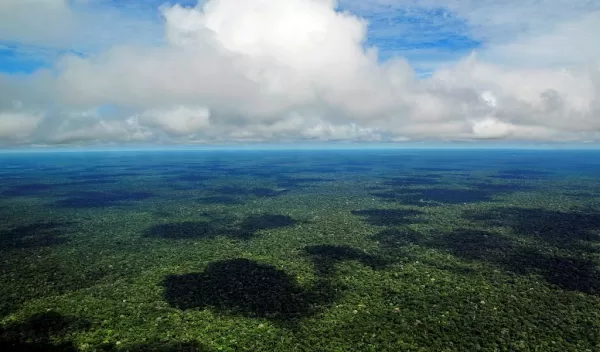
How trees affect the weather
New NSF-supported research led by University of Utah biologists William Anderegg, Anna Trugman and David Bowling finds that some plants and trees are prolific spendthrifts in drought conditions, using precious soil water to cool themselves and, in the process, making droughts more intense. The findings are published in Proceedings of the National Academy of Sciences.
"We show that the physiology of the plants matters," Anderegg says. "How trees take up, transport and evaporate water can influence societally important extreme events, like severe droughts, that affect people and entire cities."
Anderegg studies how tree traits affect forests and in turn, hot and dry conditions. "We've known for a long time that plants can affect the atmosphere and weather," Anderegg says.
Plants and forests draw water out of the soil and exhale it into the atmosphere, impacting the balance of water and heat at our planet's surface, which fundamentally controls the weather. In some cases, such as in the Amazon rainforest, that water vapor can jumpstart precipitation. Even deforestation can affect downwind weather by leaving regions drier than before.
"It's astonishing how much we don’t know about drought, from how plants die to how trees remove soil moisture, making drought worse for the rest of the vegetation," says Mike Binford, a program director in NSF's Division of Environmental Biology, which funded the research. "These scientists have given us a look at how tree traits in different climates have different effects on weather."


